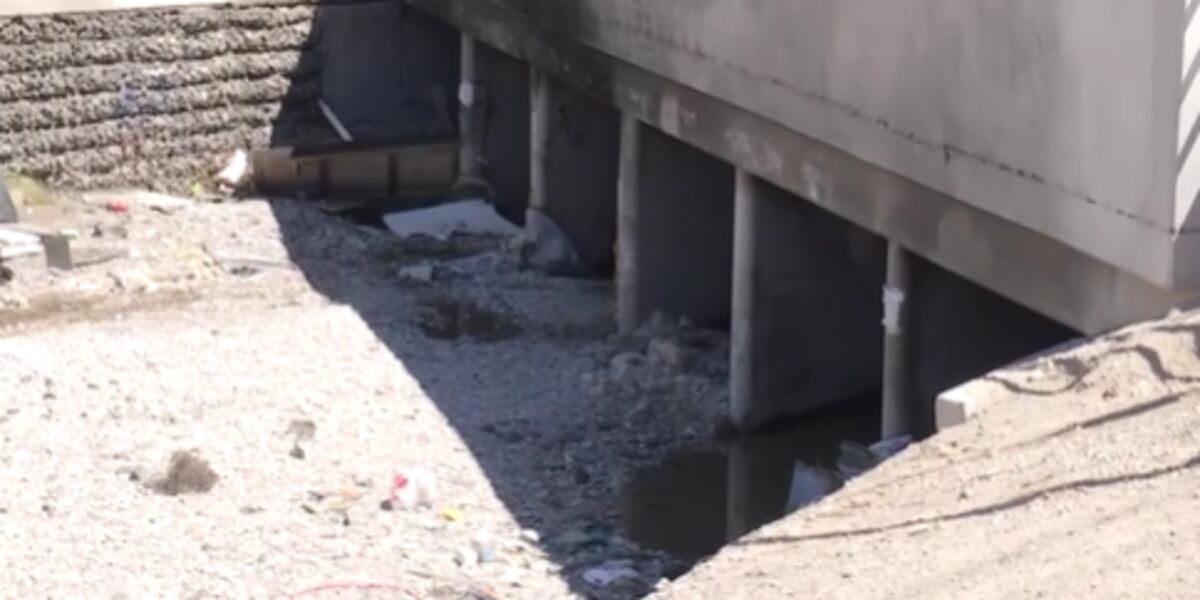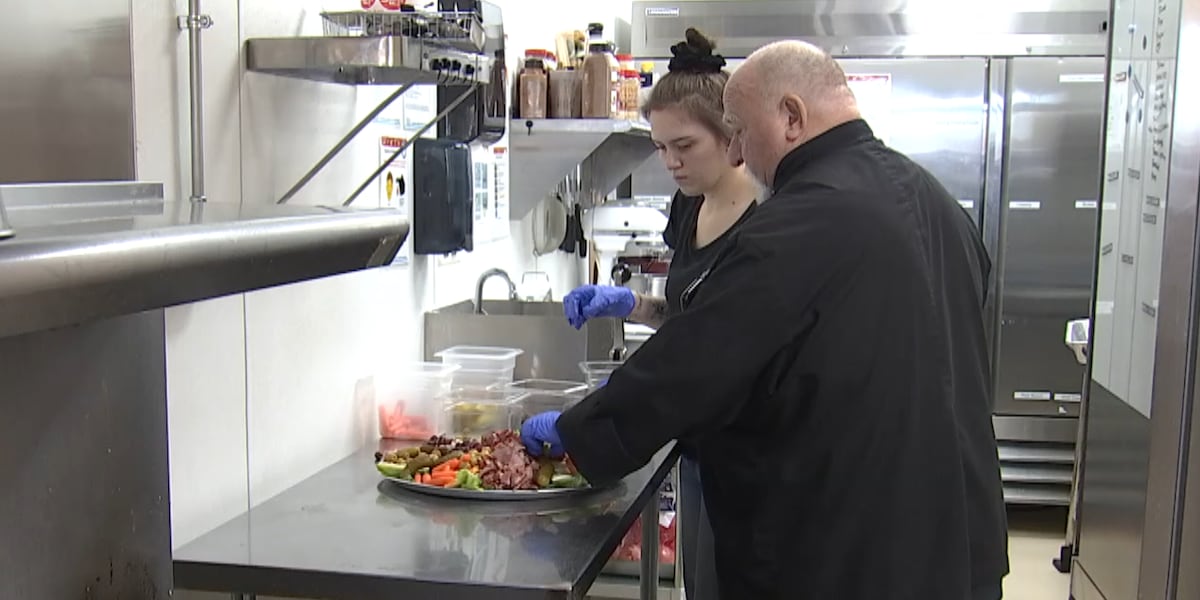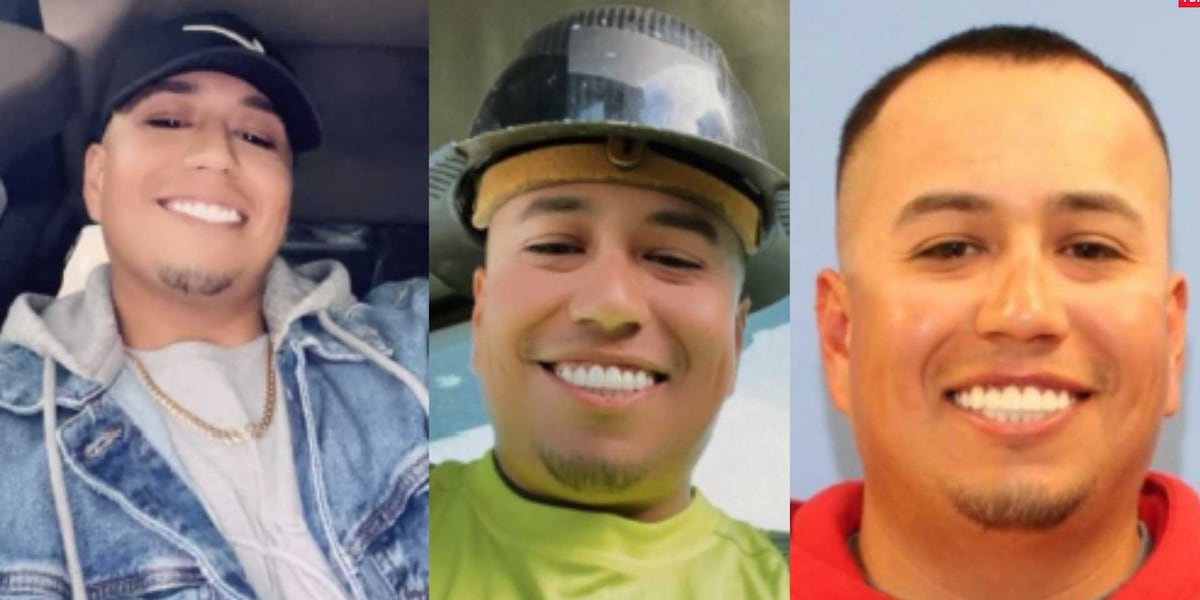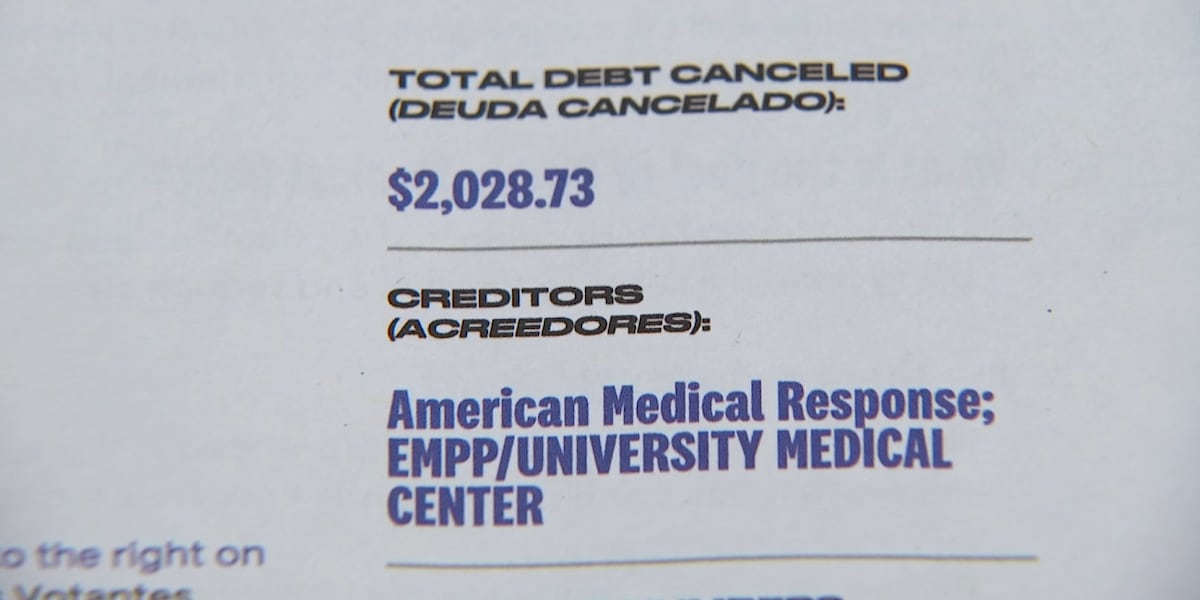
LAS VEGAS, Nev. (FOX5) – “This is probably the first time to our knowledge that a program like this has been deployed in an urban city looking at storm drains where individuals are living in these areas,” said Edwin Oh, Ph.D., associate professor at the UNLV School of Medicine.
A first-of-its-kind study years in the making at UNLV, in partnerships with the Southern Nevada Health District, Water Authority, and others, showed video of wastewater collection, stating, “Typically, this is what wastewater from the Strip might look like in a manhole.”
It all started with wastewater surveillance in 2020, looking for the pathogen that causes COVID-19.
Showing a water sample, Oh said, “That will represent about 12 hours of waste that’s coming from the airport that’s collected every 5 minutes so as to give us a composite sample of both locals and tourists.”
Dr. Edwin Oh and his team soon realized if they could identify these pathogens in wastewater, maybe they could use the same method to study the water in the Las Vegas flood control channels.
“This is the flow that we’re talking about. There really, really isn’t much water there.” Oh added, “We didn’t think that this was going to work, and surprisingly enough, this sample here contained DNA, RNA that allowed us to get a better sense of variants that were present.”
Water samples were collected weekly from channels like the Flamingo and Tropicana Washes, the same tunnels where more than a thousand unhoused people are known to live.
“The challenge with unsheltered homelessness in a city like ours is only growing. We’re talking about thousands of people who are living in these tunnels, and therefore, there are potentially thousands of people who don’t have access to healthcare resources,” Oh said.
Dr. Oh says it’s a population that’s underserved in healthcare and underrepresented in medical studies.
“We don’t have much data about testing and vaccination of unsheltered individuals,” Oh mentioned. “Using this source of water, we’re able to track how much of this pathogen might be present in a community that typically doesn’t get tested.”
Researchers not only found SARS-CoV-2 in the samples, fluctuating over a span of seven months, but could also identify variants in the water.
“The data suggests that by monitoring these storm tunnels, researchers can find times in the year when they see spikes in the viral pathogens,” Oh explained. “When we see these spikes, we can then deploy resources that are usually limited. To provide a choice for the community there to decide whether they would want to be tested, whether they would want to be vaccinated.”
Doctor Oh now hopes to further develop this method to identify other health trends in storm drain water samples.
“To look for influenza, to look for chlamydia, to look for Candida auris, to look for a number of different pathogens which could be treatable, and there could be a vaccine that’s available,” Oh said.
And he foresees other big cities adopting the same method, replicating the same DNA of this groundbreaking research.
Copyright 2024 KVVU. All rights reserved.




